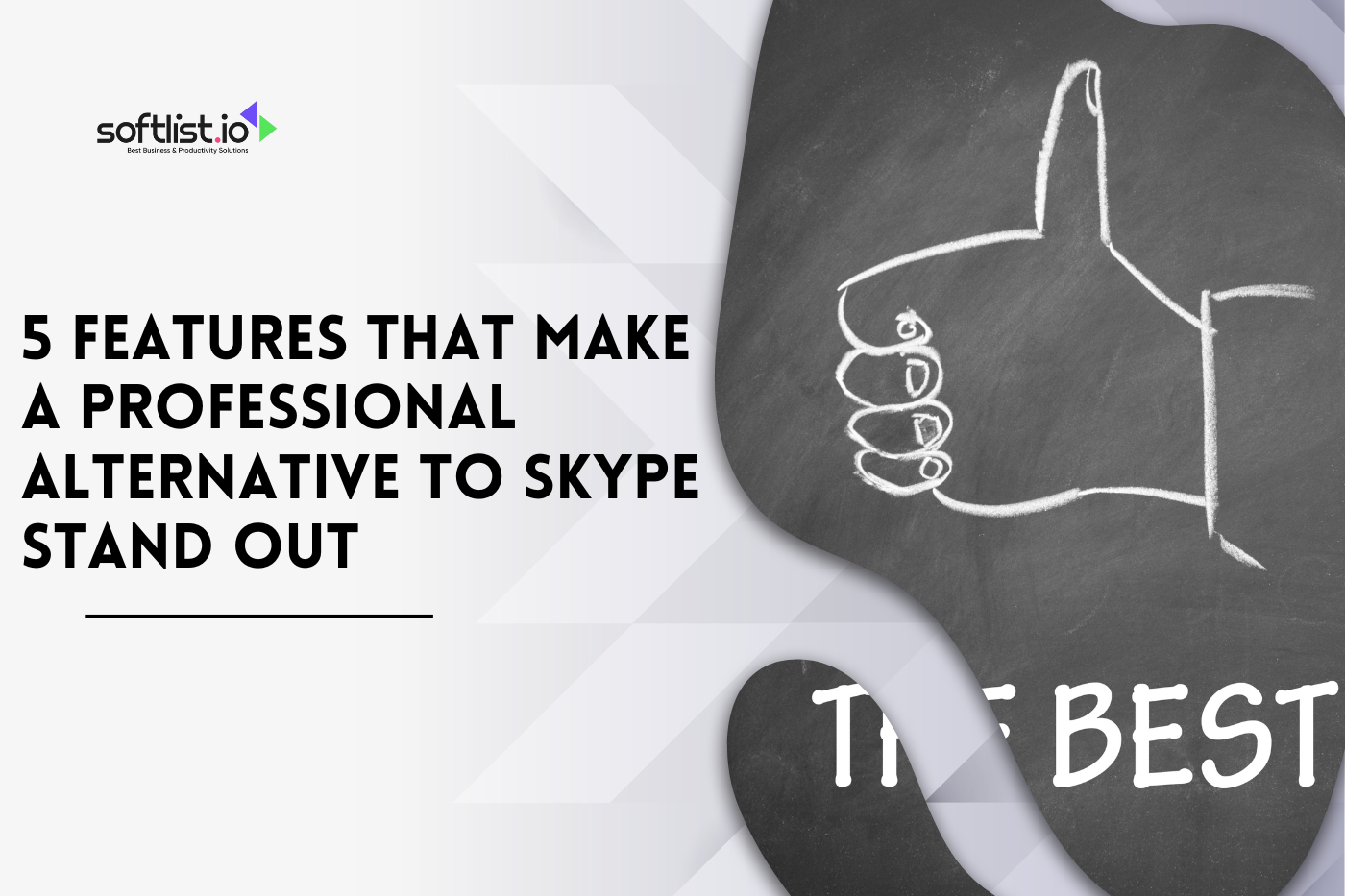eLearning tools have changed the way people learn at a time when technology and education are getting closer together.
With these eLearning platforms, classes are better, and people can learn from anywhere. You’re just one of many who want to know how they work and which one is best for you.
If teachers and students have the proper knowledge, eLearning systems may be easy to use and helpful. By looking at the most popular questions, you will learn everything you need to know to use them well.
Find out how eLearning can make learning more fun in the next section.
What are eLearning Platforms?
People can go to eLearning sites to learn new things online. It can help them improve their skills, sometimes right away. At their heart, these platforms offer interactive courses. It can tests and tools that make learning easy for teachers and students.
The walls of a standard classroom don’t limit them, and anyone with internet or Wi-Fi access can learn at their own pace. With things like movies and quizzes, they make learning more fun. How we learn new skills and information is changing.
eLearning tools do this, whether used for school, work, or personal growth. In the digital world, we live in now, they are not just an option; they are an essential part of modern learning.
Why are eLearning Platforms Gaining Popularity?

eLearning tools have multiplied because they are easy to use and can be used in many different ways. In today’s fast-paced world, it helps busy people to be able to learn anywhere and at any time. They use movies, cartoons, and interactive games to reach people who know them in different ways. ELearning is less expensive than traditional schooling.
You don’t have to pay for transportation, materials, or a place to learn. They also get rid of barriers caused by where people live. It makes it possible for people worldwide to get an education and use good tools. eLearning platforms are a big part of schooling in the 21st century.
Types of eLearning Platforms (Paraphrase This)
In today’s digital age, eLearning has revolutionized how we acquire knowledge and skills. But with so many platforms, how do you choose the right one? Let’s break it down.
Learning Management Systems (LMS)
It can serve as a comprehensive platform where institutions and businesses can create, organize, and track courses tailored for their audience if you’re an avid learner looking for a diverse range of subjects.
Massive Open Online Courses (MOOC)
It can offer various courses from top institutions globally, often for free. For those seeking a more personalized and immersive learning journey,
Learning Experience Platforms (LXP)
Adapts and curates content to fit individual learning paths and preferences. For the modern learner who is always on the move,
Mobile Learning Apps
It can deliver bite-sized lessons to your fingertips, making skill acquisition more flexible. Explore these platforms and discover the future of learning!
How to Choose the Right eLearning Platform?
Getting into eLearning can be both exciting and overwhelming because there are so many options to choose from. First, decide what you want to get out of learning. Do you want to improve your career or yourself? Next, think about the material’s quality and the instructors’ expertise. Reputable platforms often have experienced teachers and professionals from the industry.
The ease of use and style of the interface can significantly impact your learning experience, so choose platforms that are easy to navigate. Check to see if you can learn at your own pace or if there is a strict plan. Reviews and comments from other learners can tell you much about a site’s good and evil.
Last but not least, the amount of money you must spend is essential. Many platforms offer free material, but paid features could be a game-changer for your learning journey. Choosing the right venue is critical, so take the time to study and select one that fits your goals.
How Cost-Effective Are eLearning Platforms?

ELearning has changed how we learn, prepare for school, and pay for it. E-learning platforms save money immediately because you don’t have to pay for transportation, supplies, or a meeting place.
On many sites, you can also learn for free. Businesses save money using online training instead of pricey seminars or teachers who come to the office. Scalable online classes can be used for free by any number of students.
But not all cheap classes are suitable, so you must consider quality and usefulness. eLearning could have a high return on investment (ROI) if it helps you get a better job or learn new skills. The real value of eLearning tools is how well they help you reach your personal or business goals.
What Are the Main Features to Look for?
Course Creation Tools:
- Essential for teachers to make classes that fit their needs.
- Allows different types of information, like video, text, and slide shows.
- Updates information in real-time, making sure it’s still relevant.
Assessment and Analytics:
- Follow and measure the growth of learners well.
- Find trends, skills, and places where you can improve.
- Improve course design based on input from the real world.
Interactive Elements:
- Use quizzes, forums, and interactive exercises to keep students interested.
- It makes it easier to remember and understand.
- It encourages active involvement, which makes learning more enjoyable.
Integration Capabilities:
- Connect to other tools and apps without any trouble.
- Allows data to be shared across systems for more complete insights.
- Makes sure that learning is streamlined and uniform.
By focusing on these pivotal features, you’ll be better equipped to select an eLearning platform that is both functional and captivating for learners.
Are eLearning Platforms Mobile-Friendly?
In today’s fast-paced digital world, eLearning tools may be able to keep up with mobile trends. It is clear. Many current eLearning platforms are made with mobile in mind, so students can use their phones and tablets to access lessons.
Responsive design makes it easier to read and move around on any screen. Mobile apps for several platforms can be used without an internet connection. It can be controlled by touch, which makes the user experience better.
Many lessons are made for mobile devices, but designs with much detail might look better on giant screens. Check a platform’s mobile features before deciding on it to ensure that learning on the go will be easy.
What are the Best Online Learning Platforms in 2023?

In 2023, the landscape of online education has witnessed a surge in top-tier platforms, with Udemy, Skillshare, and Coursera Plus leading the charge as the best learning avenues for enthusiasts and professionals alike.
Udemy boasts a wide range of course materials, many of which are available for free, allowing learners to dive into new subjects without financial constraints. Skillshare operates on a subscription model, with a nominal fee per month, but also offers a generous free trial to let prospective learners experience its vast content library.
Meanwhile, Coursera Plus has cemented its reputation by allowing educators to create courses that not only offer certificates upon completion but also extend to full-fledged online degrees. With many platforms offering free courses alongside their premium content, the doors to quality online education have never been wide open.
How Secure are eLearning Platforms?
In the digital age, many people worry about the safety of internet sites like eLearning programs. The best eLearning platforms have tight security measures and strong encryption. It can protect your data. Accounts are safer when they have two-factor security and other kinds of advanced identification.
Checks for security to find and fix problems fast. Now, many sites follow worldwide rules about how to keep data safe. It retains its users’ information secret. Watch out for scams, and make sure your passwords are strong and unique. Even though no platform is 100% safe, safety is essential in the eLearning business. Use sites you can trust and the best security measures to make learning safe and helpful.
Can eLearning Platforms Be Customized?
The top online learning platforms of today stand out not just for the depth and breadth of their content but also for their adaptability. The difference between online learning platforms often boils down to the level of customization they allow. A premium online education platform usually provides educators and institutions the flexibility to tailor the learning content according to their specific needs.
“Learn is a Learning” is a popular axiom in the eLearning community, emphasizing that the best platforms are those that evolve with the learner’s journey. Scouring a list of the best online platforms reveals that many of them offer virtual learning environments where educators can manage online courses, shape the learning process, and even foster a robust learning community.
This dynamic nature invites users to participate in online discussions and collaborations, enhancing their experience. It’s clear that the best learning management tools prioritize user-centric customizations to deliver a more engaging and effective educational journey.
How Do eLearning Platforms Handle Assessments and Certifications?

In eLearning, online tests and how well they work are essential. Many eLearning sites need help with multiple-choice questions and interactive situations. Advanced data show the strengths and flaws of each student.
Cheating worries are lessened when online tests are proctored and timed. After finishing, certifications are given out online with a unique number that can be used to check their validity.
With digital badges, students can show off their skills on social networks. So, the eLearning tests and awards use technology and real-world experience. These methods teach new skills and give out highly regarded professional certificates.
Which eLearning Platforms are Best for Corporates?
Businesses need training that works fast and well. A lot of eLearning systems have changed to work in corporate settings. LinkedIn Learning and Coursera for Business both have courses for career growth. TalentLMS and Docebo make it easy to set up and track training programs for a business.
Platforms like LearnUpon or Thinkific that connect to CRM and HR tools may be the answer for growing businesses. The analytics in these systems give a clear picture of employee success and learning trends.
Many tools in the eLearning field can help businesses do well. But remember, no one answer works for everyone. A company must know its training goals and building needs to choose one.
How to Integrate eLearning Platforms with Existing Systems?

Adding eLearning to your processes might seem complicated, but everything will go smoothly if you do it right. Most of the best eLearning systems have API access, making connecting them to other software infrastructures easy. This ensures data flows easily between your LMS and other business applications like CRM or HRM.
When it’s hard to connect two systems in a straight line, software can make this bridge smoother. Some systems already have Slack and Salesforce connections built-in, making connecting them easy. Technical problems can be fixed with training and assistance for the eLearning site.
Integration makes making decisions based on data easier and speeds up processes. When your eLearning platform is connected to other platforms, it makes learning and business success better.
How Do eLearning Platforms Support Different Content Formats?
eLearning platforms have revolutionized the realm of online education by providing diverse ways to engage with content. A platform that offers a plethora of formats enables users to experience language learning through interactive sessions, videos, and even PDF materials.
As learners complete the course, many online platforms grant a certificate of completion, serving as an acknowledgment of their professional development. Moreover, the flexibility to create learning modules tailored to specific needs ensures that instructors can offer the best courses available.
Many of these platforms operate on a monthly subscription basis, which provides users with continuous access to updated resources and the newest courses on the platform. This myriad of options caters to a wider audience and fosters an environment where everyone can thrive.
Can Online Learning Platforms or Learning Management System Last in the Future?

The momentum behind online learning platforms, particularly as we’ve observed in the online learning platforms for 2023, suggests a bright and enduring future for these educational tools. Top online learning systems have incorporated diverse learning styles by integrating a blend of audio and video content, ensuring a comprehensive and engaging learning experience for users.
Additionally, the flexibility they offer, where courses might take mere hours or several months to complete, caters to both personal and professional commitments. Platforms that give you access to a broad range of learning materials, whether it’s a free online learning platform or a premium one, continue to gain traction.
Websites dedicated to online courses, heralded as some of the best online resources, stand testament to the global shift toward digital education. As long as there’s a drive for tailored, flexible, and diverse educational experiences, these platforms and systems are poised to remain integral to the learning landscape.
Final Thoughts
Finding your way around the world of eLearning tools can be both fun and challenging. Each has its own set of traits that are made to help people learn in different ways. As discussed in this FAQ guide, the digital classroom revolution is more than just a passing fad. It’s a significant change in the way we teach and learn.
Now that you know how to answer these typical questions, you can make more fact-based decisions about your education or teaching. Remember that things are constantly changing in the digital world of schooling. It’s important to know what’s going on.
The next step is straightforward for people who want to learn more about cutting-edge software options for eLearning and other areas. Visit our blogs to learn more about the different kinds of apps! Let’s work together to make education more interesting, helpful, and intelligent in the future.





